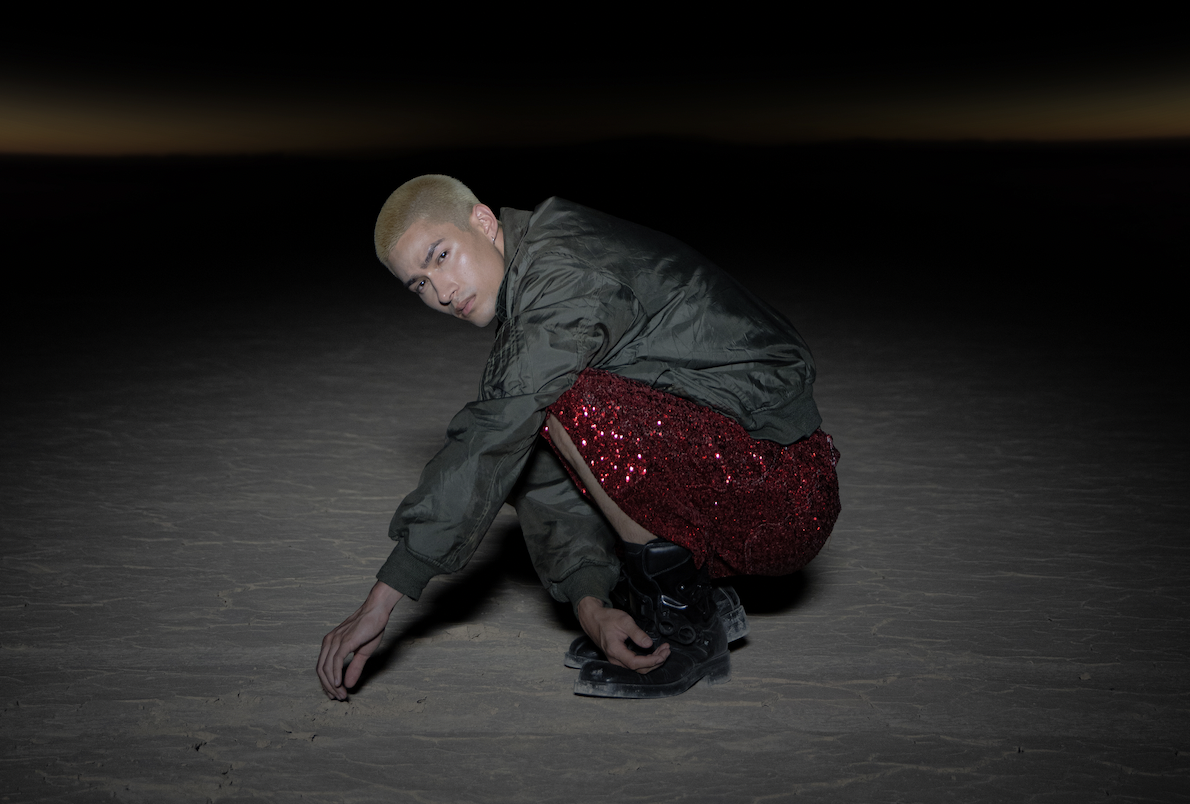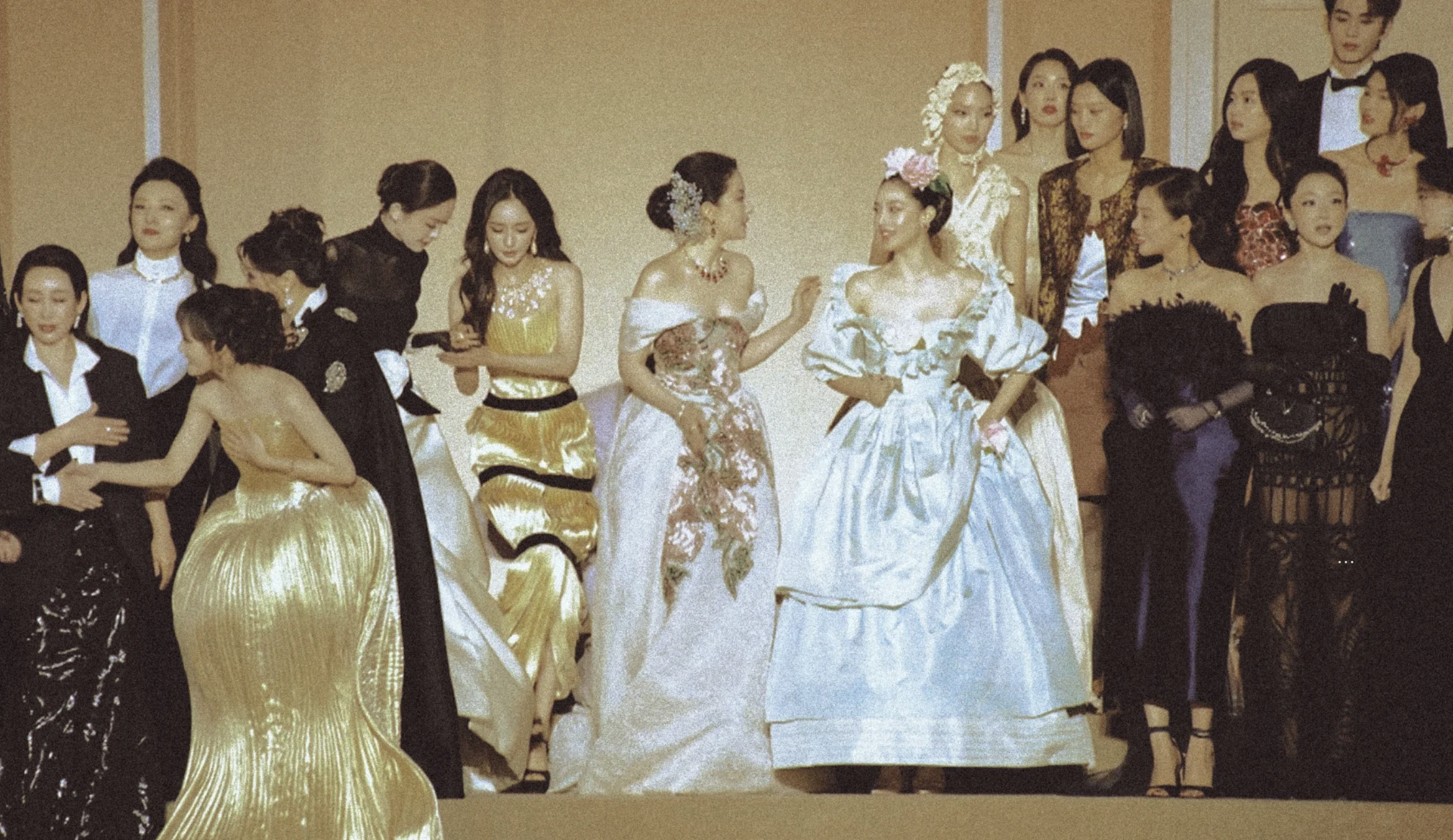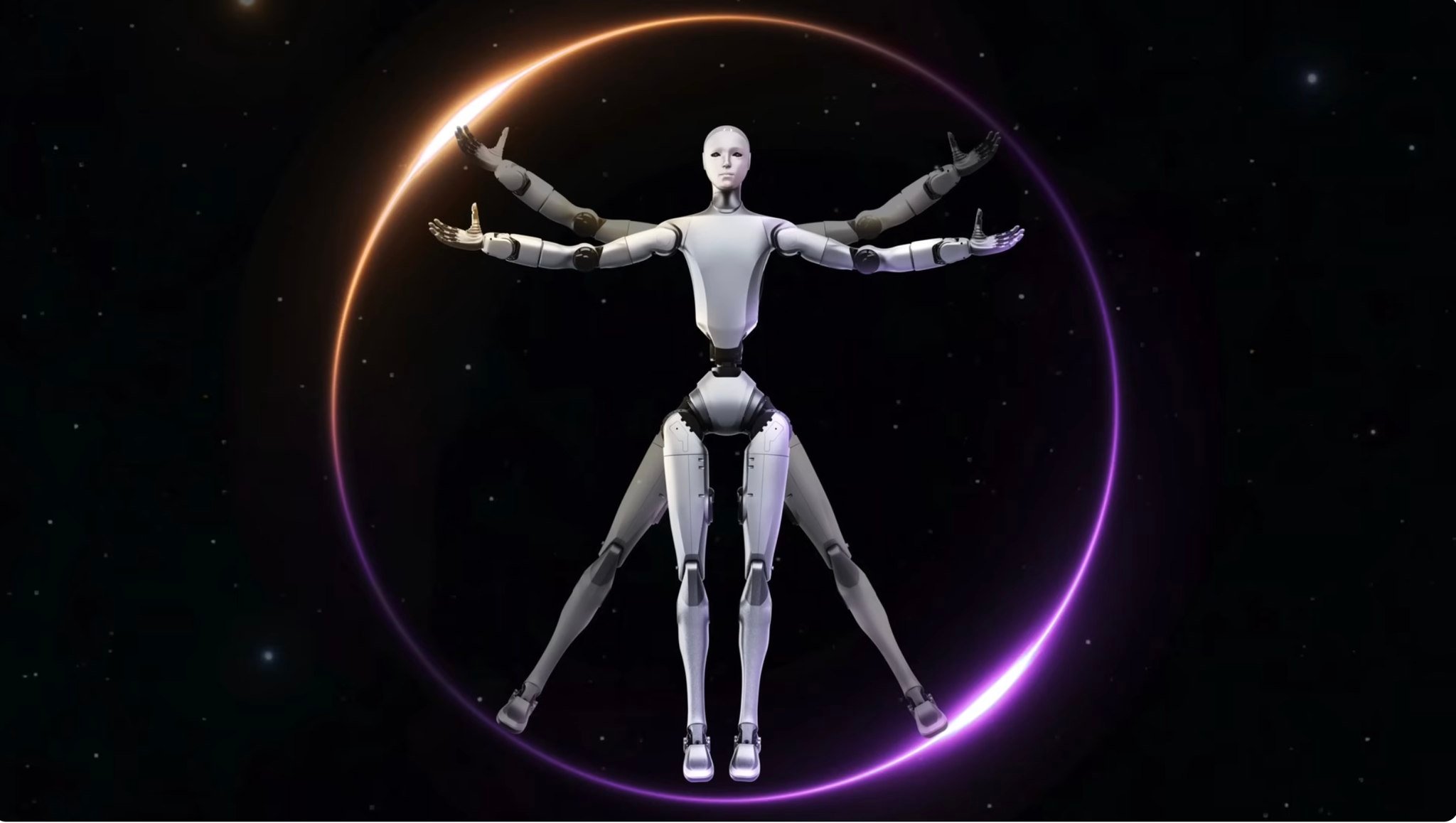A month ago, I co-founded intern019 LLC with fellow NYU Shanghai Interactive Media Arts major Baaria Chaudhary. Intern019 is a mixed reality studio, where we explore unique solutions to create an immersive user experience. We help companies and artists enter the emerging media space, to use virtual reality and augmented reality to share their story in a new way. Before we incorporated, Baaria and I collaborated on a number of projects at NYUSH, one being The Last Star System, a virtual reality game exploring a planetary amusement park at the corner of our galaxy. The user journeys to a number of surrealist planets, including a Warhol-inspired soup can planet and a cave full of gesturing, glittering hands.



After intern019 became official, we presented PAWN VR at NYC Advertising Week 2017’s first ever TechX Playground, a space to demo ongoing work, and to show participants the process of developing a project. To accomplish this, participants were photo-scanned, their 3D models were turned into chess pieces, and placed into our larger-than-life chess board. With PAWN VR, we paid close attention to designing not only the user experience of the final VR game, but also the experience of creating alongside Adweek participants. (If you own a Vive, you can download a build of PAWN VR for free.)
As new and foreign as VR may sound, I firmly believe that anyone can create an immersive virtual experience, relying on free software and the wealth of information and tutorials available on the internet. I found that being in Shanghai, showing my project to tech people, to artists, and to Chinese people who spoke no English gave me a diversity of reactions that guided my UI and UX design. As the virtual reality industry is still just entering China, any VR experience is a memorable one. I can’t complain when there’s a line of people waiting to try my demo, simply because I was the only one presenting.

But how did I get here, and how can you? The beginnings of intern019 emerged last fall, when I traveled to Shenzhen to attend the Cre8 Summit, a conference discussing creativity, innovation, and emerging technology. One woman, the president of a VR/AR accelerator, presented twenty of her favorite experiences, ranging from films to games. Another speaker, an NYU Shanghai student, spoke about his augmented reality medical startup — software that processes brain scans as 3D models viewable with the Hololens. This, coupled with the rapid prototyping spirit that electrifies Shenzhen, inspired Baaria and I to create our first VR experience, Hyperspace.
Hyperspace had four scenes: a blue cube with floating furniture, on a carpet flying above mountains, in an enormous dining room, and in empty space. Now that I look back on it, the final product was terrible. Over the two weeks of its development, we created and discarded dozens of scenes. The game engine that we use, Unity3D, utilizes separate scenes for each new environment. We didn’t know that, so each scene was nested in the next, and fell away when an event was triggered, in a convoluted, complicated mess of scripts of 3D models. It was all highly embarrassing.
When we demoed it at Barcamp, most reactions were, “What’s the point?” And at that moment, with the frustration of so many confused users fresh in our minds, we no longer knew.
But, the point was, we made Hyperspace because we were curious about VR. We learned just how accessible the technology and the software is, how much you can learn just by constantly asking people to try the unfinished project. If you have a computer, you can download Unity and Blender, both free software. If you don’t have access to a computer-tethered virtual reality system, you can develop for the Google Cardboard with your laptop and phone. Even sophisticated, paid software often have free trials long enough to utilize in your projects (my favorites are Substance Painter, an incredible PBR, procedural texturing software, and Cinema4D, an easy-to-use 3D modeling and animation software).


If you want to make a game, whether 2D, 3D, VR, or AR, I’m telling you now, you can do it! Learn about the tools, take advantage of any opportunity to show your work, no matter how unfinished, and work quickly, absorbing design principles through experience.
See more examples of Marjorie’s work at her personal portfolio site, and check out more of intern019’s projects at their site. You can reach them at [email protected].
















